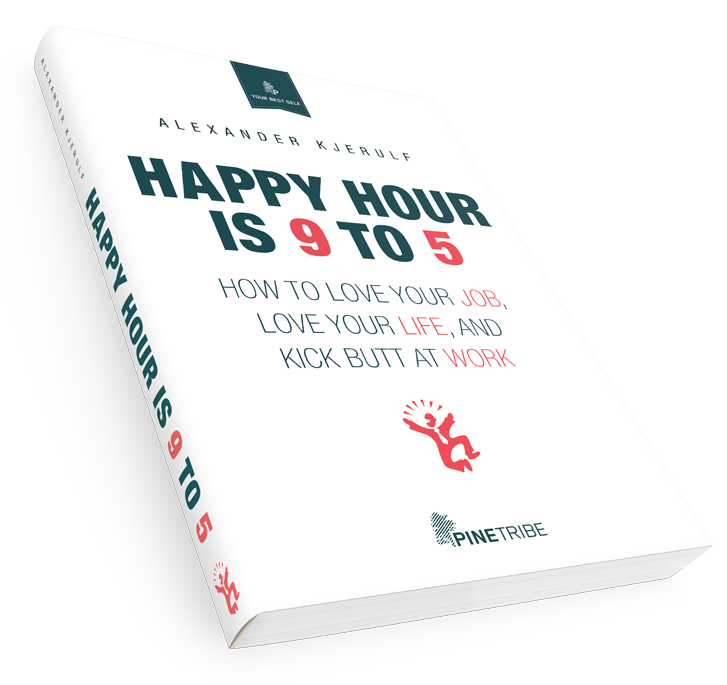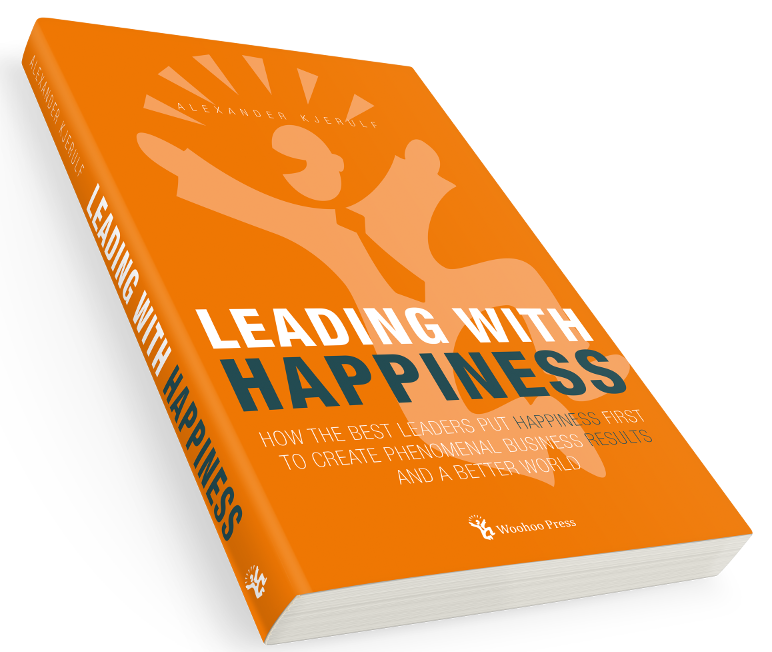I discovered Inner Skiing about 15 years ago, and enjoyed it immensely. That book describes how the inner game principles pioneered by Timothy Gallwey can be used to create better learning conditions for skiers. Gallwey originally used it for teaching tennis, and the method basically consists of teaching not by telling people what to do, but simply by helping them direct their attention to different aspects of what they want to learn.
In this book, subtitled Overcoming mental obstacles for maximum performance, Timothy Gallwey applies the same principles to work. How can we create the best learning conditions at work and what advantages would this give us?
To take the last question first, the advantages would be immense. If we were consistently were able to apply ourselves totally to what we do at work, and to always learn from it… well the sky would be the limit.
So how do we do it? In the book Gallwey describes both the idea and theory behind the inner game, and some methods to apply it in real life. The theory is logical and positive.The methods are simple, clearly described and can be used by anyone.
Through many stories, Gallwey shows how the theory and methods can be applied in many different contexts, like sales, coaching, leadership, training, teaching and even parenting. Stories of he’s worked for companies like AT&T and Coca-Cola give him a lot of credibility, and it’s obvious that he’s a man of great insight and personal integrity.
The greatest insight is to reframe everything as learning and to emphasize learning over performance. As an example, do not try hard to make the sale on your next sales call. In stead focus on some important key parameter, say the customers level of interest, without trying to affect it – just notice it. While your conscious mind (what Gallwey calls the self 1) is busy monitoring this, your subconsious mind (or self 2) is free to do much better – and to learn much more.
My favourite example in the book, is the one where Gallwey uses the methods to coach a tuba player in a symphony orchestra. Now, Gallwey has absolutely no idea of how to play the tuba, but simply by asking 4 or 5 well placed questions, he directs the tuba players attention in a way that gives the man such a breakthrough in his playing, that the entire orchestre gives him a standing ovation.
The book is entertaining, well structured and highly informative, and the books message is clear, useful and very positive. I recommend it to anyone interested in learning, coaching, leadership or personal development.



Leave a Reply